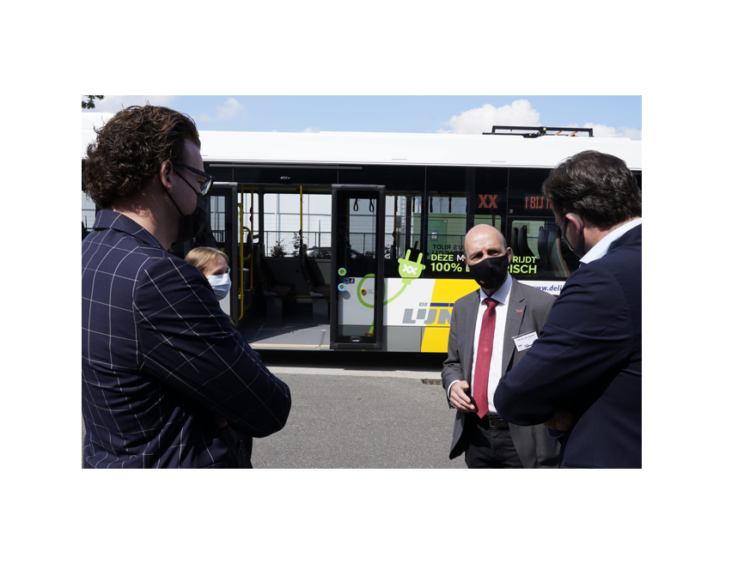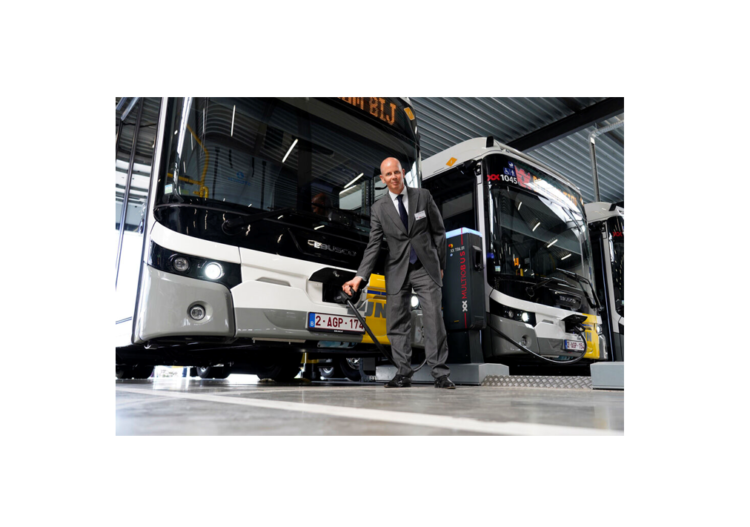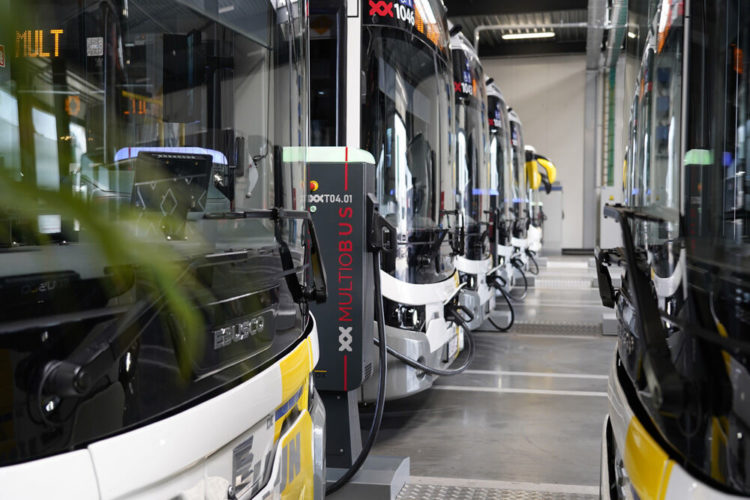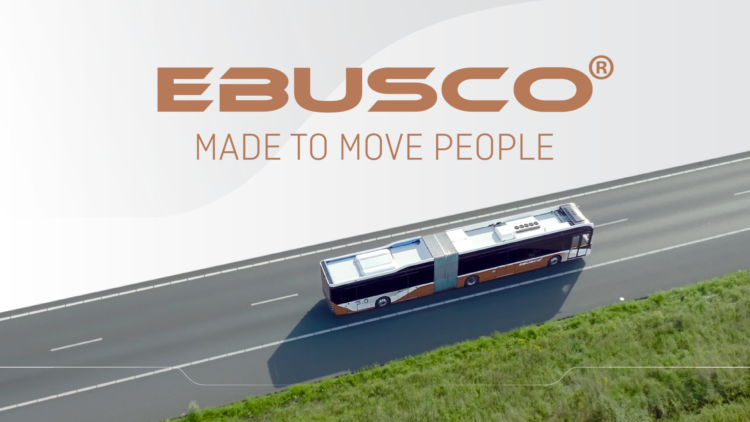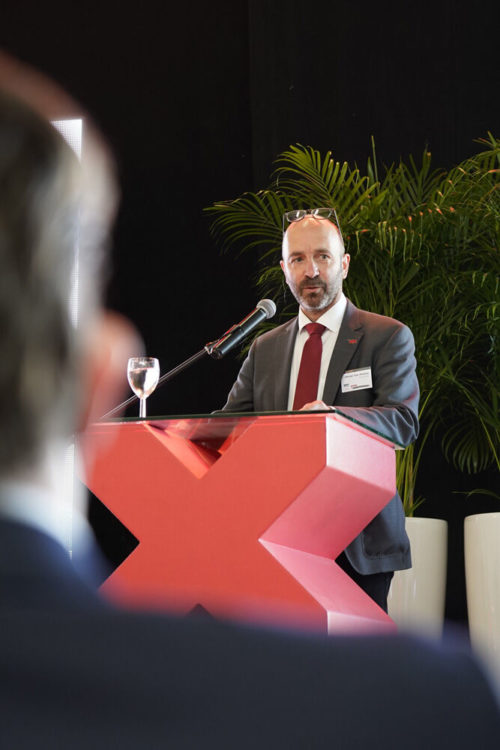
The Multiobus electric fleet has increased sixfold at once. The Belgian bus operator, which operates in Flemish Brabant on behalf of transport company De Lijn, officially took ten new vehicles from Ebusco into service this week. “We hope to be a pioneer for as long as possible and encourage other operators in Flanders and Wallonia to take the same step,” says Olivier Van Mullem, CEO of Multiobus.
In 2018, Multiobus already was the first private operator in Belgium to purchase electric buses. At the time, it involved two vehicles from Ebusco as well. So now that the total amount is twelve, means that 12 percent of the fleet is electrified. “We intend to purchase solely electric buses from 2020 onwards. A vehicle lasts about fifteen years, so by 2035 we could be fully electric.”
 English
English  Nederlands
Nederlands  Deutsch
Deutsch  Français
Français  English (Australia)
English (Australia) 